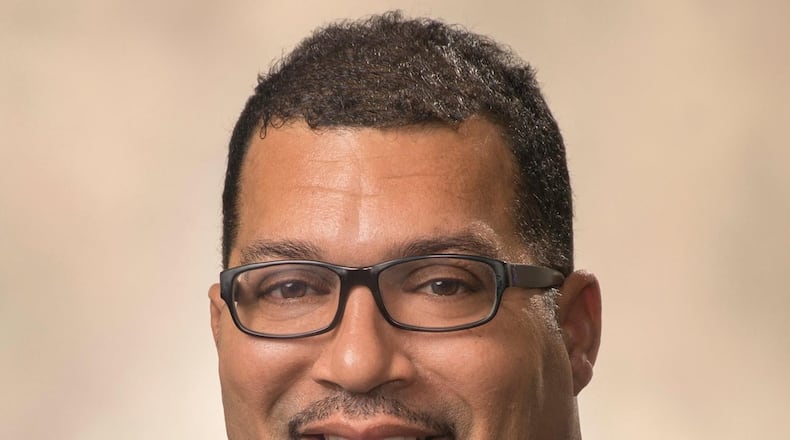That disaster exposed a hard truth: when our energy grid fails, everything else quickly unravels and we are all in grave danger. Now, with tornado season upon us once again, the Dayton community finds itself facing a broader, more systemic threat to our electrical infrastructure—one that could leave Ohio more vulnerable than ever.
Rapid industrial growth across Ohio is pushing electricity demand higher at a pace that outstrips the development of new power generation. PJM Interconnection, a major Ohio grid operator, has issued increasingly urgent warnings. According to the latest Ohio Energy Competitiveness Report, if nothing changes, the Buckeye state could face electricity capacity shortages as soon as 2027. This means more blackouts, higher utility costs, and an energy system stretched dangerously thin – a particularly ominous setting in the wake of summer weather concerns.
For cities like Dayton, where we understand personally what’s at risk, that’s just not acceptable.
Our local economy is powered by sectors that simply cannot afford unpredictable, unstable energy infrastructure. We are the proud home of Wright-Patterson Air Force Base, the University of Dayton, and advanced manufacturing facilities who rely on uninterrupted power to maintain operations, protect sensitive data, and ensure public safety for hundreds of thousands of Ohioans. One prolonged outage—whether caused by a storm or a systemwide shortage—can cost millions in economic losses, jeopardize critical services and even, threaten lives.
To protect Dayton and Ohio’s broader economy, we need immediate action—a significant course correction that acknowledges both the unavoidable climate risks we face and the economic stakes of doing nothing. But what does that mean? We must:
- Invest in Local Resilience: Building microgrids for hospitals, fire stations, and emergency shelters, to ensure that if/when the grid goes down, our most vital institutions remain intact and continue to provide vital services to our communities.
- Modernize the Grid: Expanding transmission capacity and integrating more reliable, clean and cost-effective power to better balance demand and withstand even the most extreme weather events.
Ohio cannot wait until 2027 to wake up to a full-blown crisis. We’ve already seen the impact of energy instability at the hands of a natural disaster. While we couldn’t possibly have predicted the severity of the storm in 2019, next time, it may not just be weather—it could be a shortfall in supply, or a grid unable to handle the strain.
The question now is whether we will choose resilience or continue to live with vulnerability.
Dayton’s future—and Ohio’s competitiveness—depends on getting this right.
Chris Shaw is a Dayton City Commissioner
About the Author
